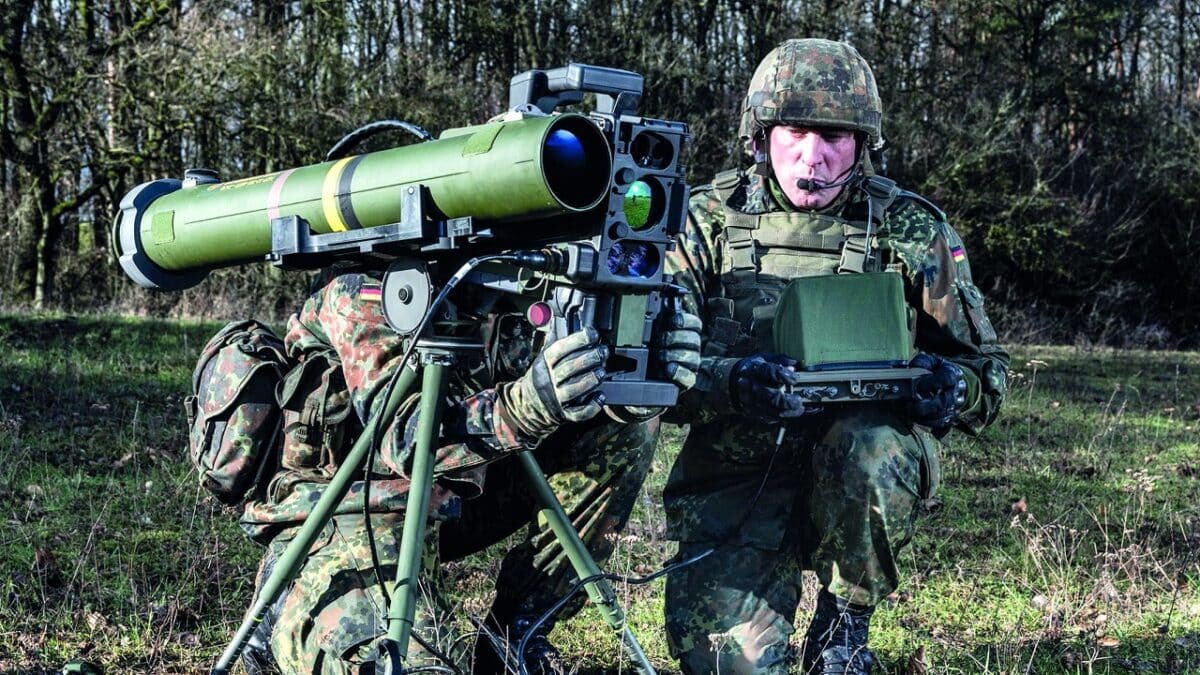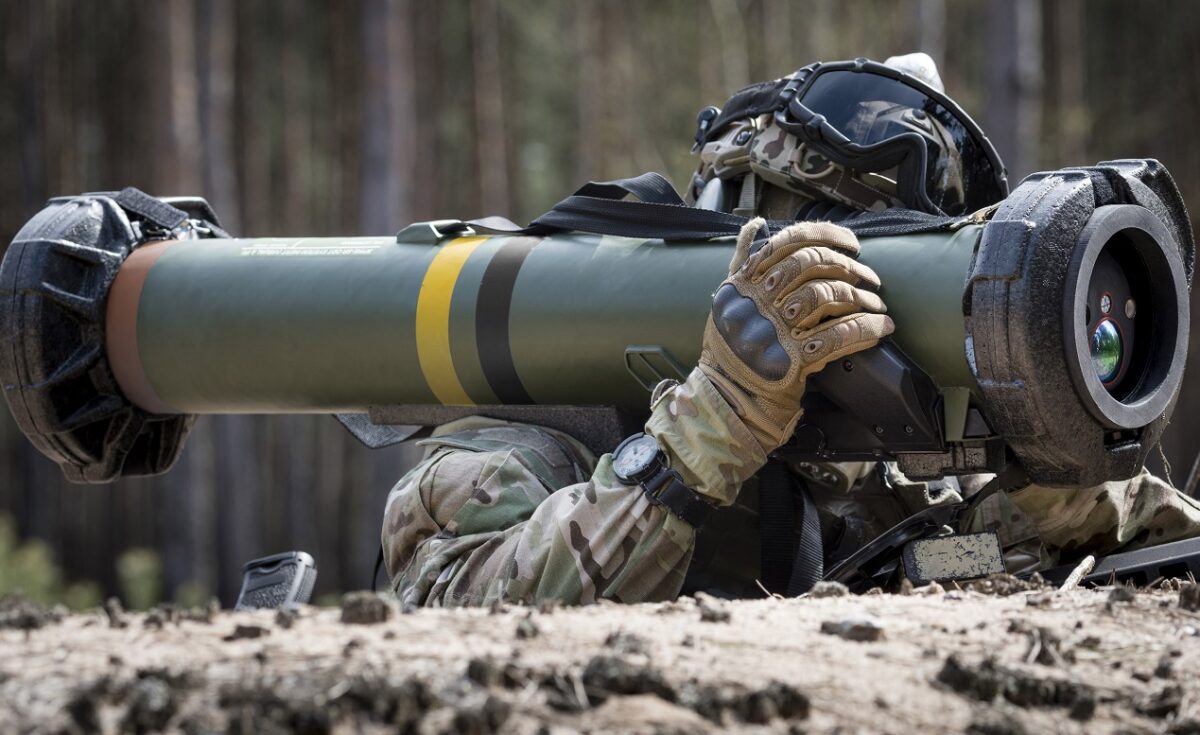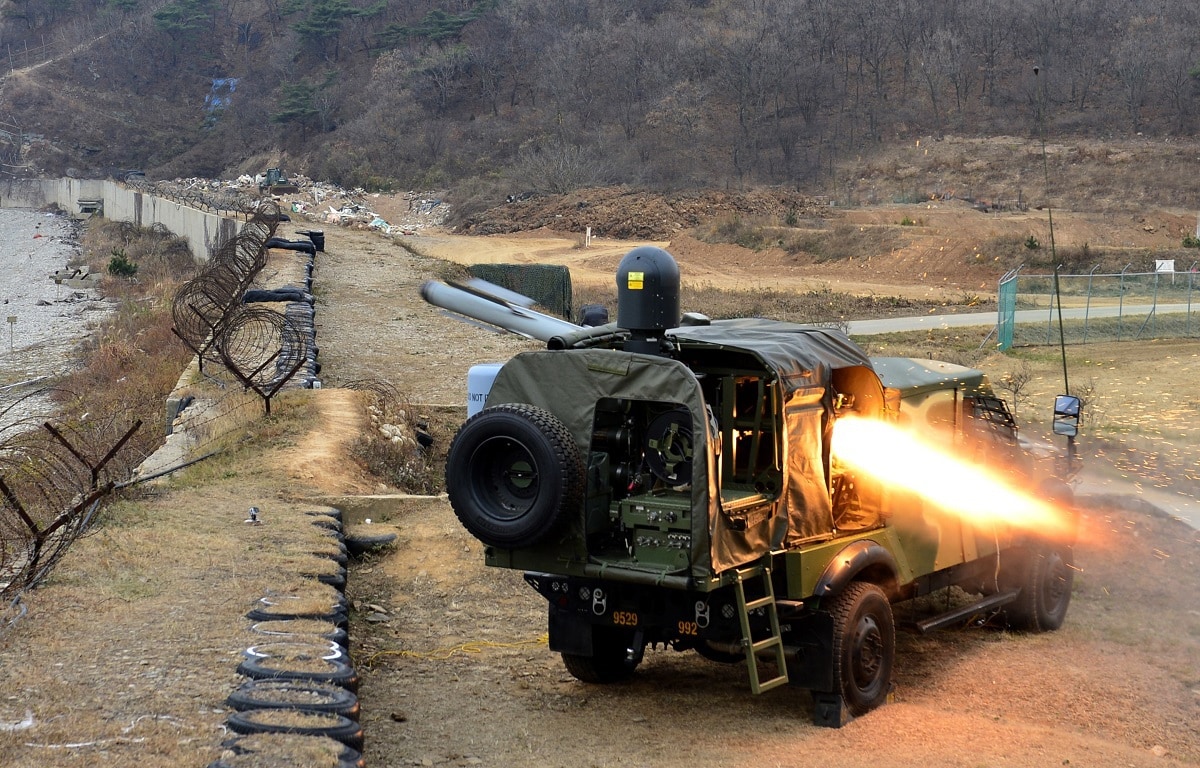The Spike Missile Just Keeps Getting Better: The U.S. Army is scheduled to conclude a shoot-off for its Long-Range Precision Munitions Effort this month.
In 2020, the service announced its effort to develop a new LRPM for use by its AH-64E Apache attack helicopter and any future attack reconnaissance aircraft. According to Defense News, this effort will culminate in a five-year development program beginning in 2023.
While the Army didn’t reveal the three three vendors under consideration in this month’s shoot off, Lockheed Martin said the newest Spike missile variant was a contender. The recently unveiled Israeli-made Spike NLOS (non-line of sight) electro-optical precision-guided missile is largely touted as one of the best tank-killers around.
Origins of the Spike missile
The Spike missile family is highly regarded by military analysts. It consistently represents the most cutting-edge technology in its field. Similar to the origins of many Israeli-made weapons, the Spike anti-tank missile was developed as a result of war outcomes and defense needs.
Following the 1973 Yom Kippur War, the Israeli government wanted a weapon that could thwart large swarms of enemy tanks. By the 1980s, the Spike missile fulfilledl this need. Labeled the Tammuz by Israelis, the anti-tank missile created by the manufacturing giant Rafael Advanced Defense Systems was a one-of-a-kind asset for Israel’s Armored Corps.
Equipped with an internal camera, the missile’s operator is able to view the weapon’s attack path. This electro-optic sensor also links the missile to the launching system. Perhaps the most advanced capability the Spike possesses is its TV guidance system, which allows the missile’s operator to change the weapon’s trajectory mid-flight.
As Spike variants evolved over the years, more advanced cameras with infrared targeting and laser guidance were incorporated. Regarding this achievement, Rafael noted that, “With the help of images provided by various electro-optical sensors, the missile locates the target on its own, marks it, and helps the operator to neutralize it more accurately and simply.”
Additionally, the new Spike NLOS variant enables soldiers to close the sensor-to-shooter loop at a quicker rate and from farther ranges.
The newest Spike NLOS was revealed this summer
Rafael revealed its sixth-generation Spike NLOS munition at the June 2022 Eurosatory weapons industry trade fair in Paris. The new missile is the ideal match for the U.S. Army’s LRPM program, according to a senior program manager at Rafael. The new variant features an extended missile range, with a reach up to 50 kilometers when launched from a helicopter, and 32 kilometers from land and naval platforms. In addition to its extended range, control over the NLOS can be transferred mid-flight. Different platforms can then alter the trajectory of the weapon following its launch, in accordance to the operator’s mission.
The Spike NLOS can also be carried by a strategic unmanned aerial vehicle like the Israel-made Heron TP. As drones have come to the forefront of modern warfare, this capability will be coveted by all militaries. In fact, the Spike NLOS’ cutting-edge prowess has made the missile widely popular among international customers.
The head of Rafael’s Land and Naval Division said, “The Tammuz missile is the first in Rafael’s electro-optical family (Spike) and is already in operational use in the IDF and 39 countries across the world.”

SPIKE anti-tank missile. Image Credit – Creative Commons.

SPIKE Missile. Image Credit: Creative Commons.
Last Spring, officials of the Army Contracting Command announced a whopping $138.9 million contract to Lockheed Martin for “testing and user operational assessments of the Spike missile.” The U.S. Army’s Apache AH-64E helicopter will reportedly fire its first missile in early 2023.
Maya Carlin is a Middle East Defense Editor with 19FortyFive. She is also an analyst with the Center for Security Policy and a former Anna Sobol Levy Fellow at IDC Herzliya in Israel. She has by-lines in many publications, including The National Interest, Jerusalem Post, and Times of Israel.

